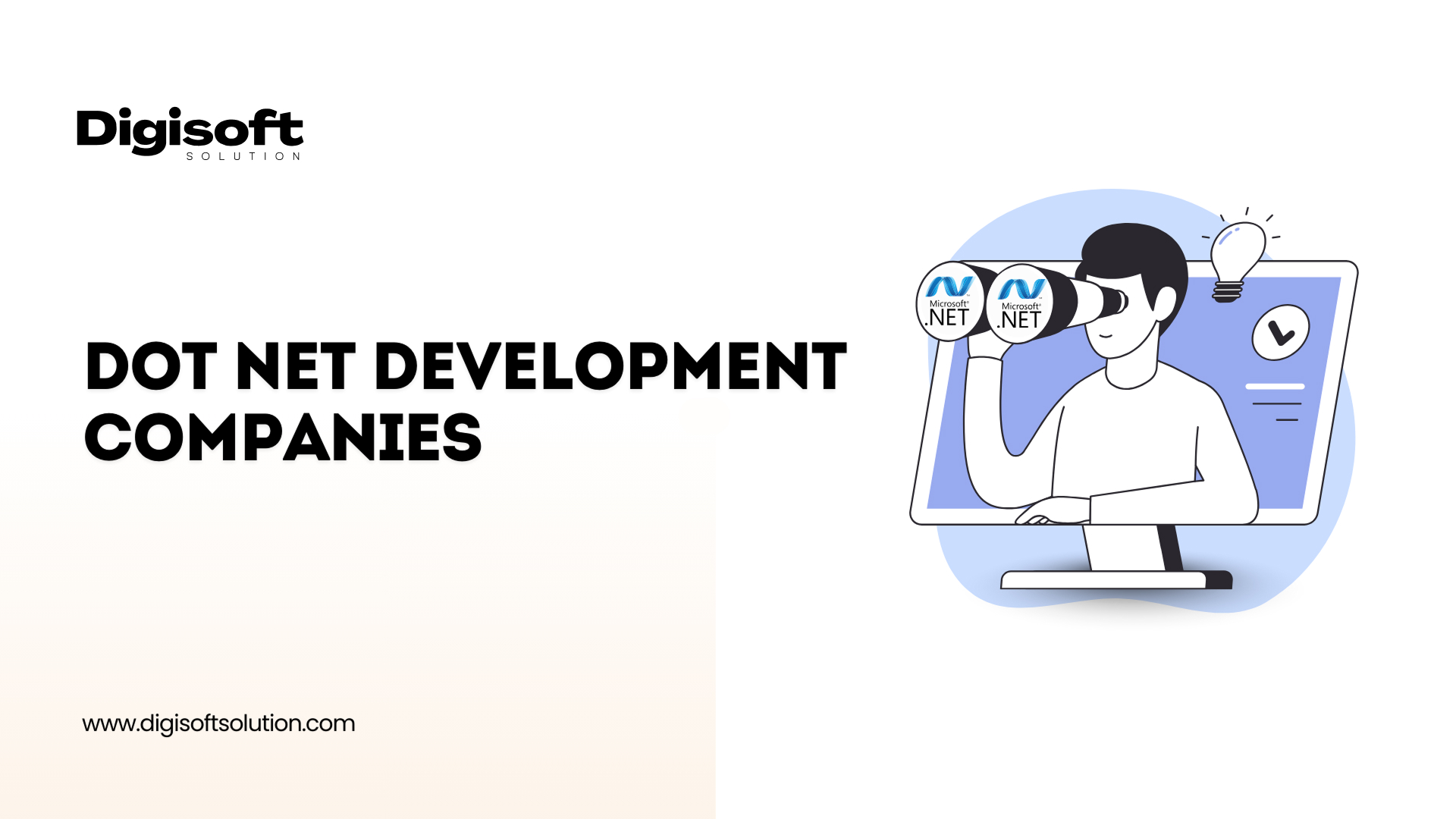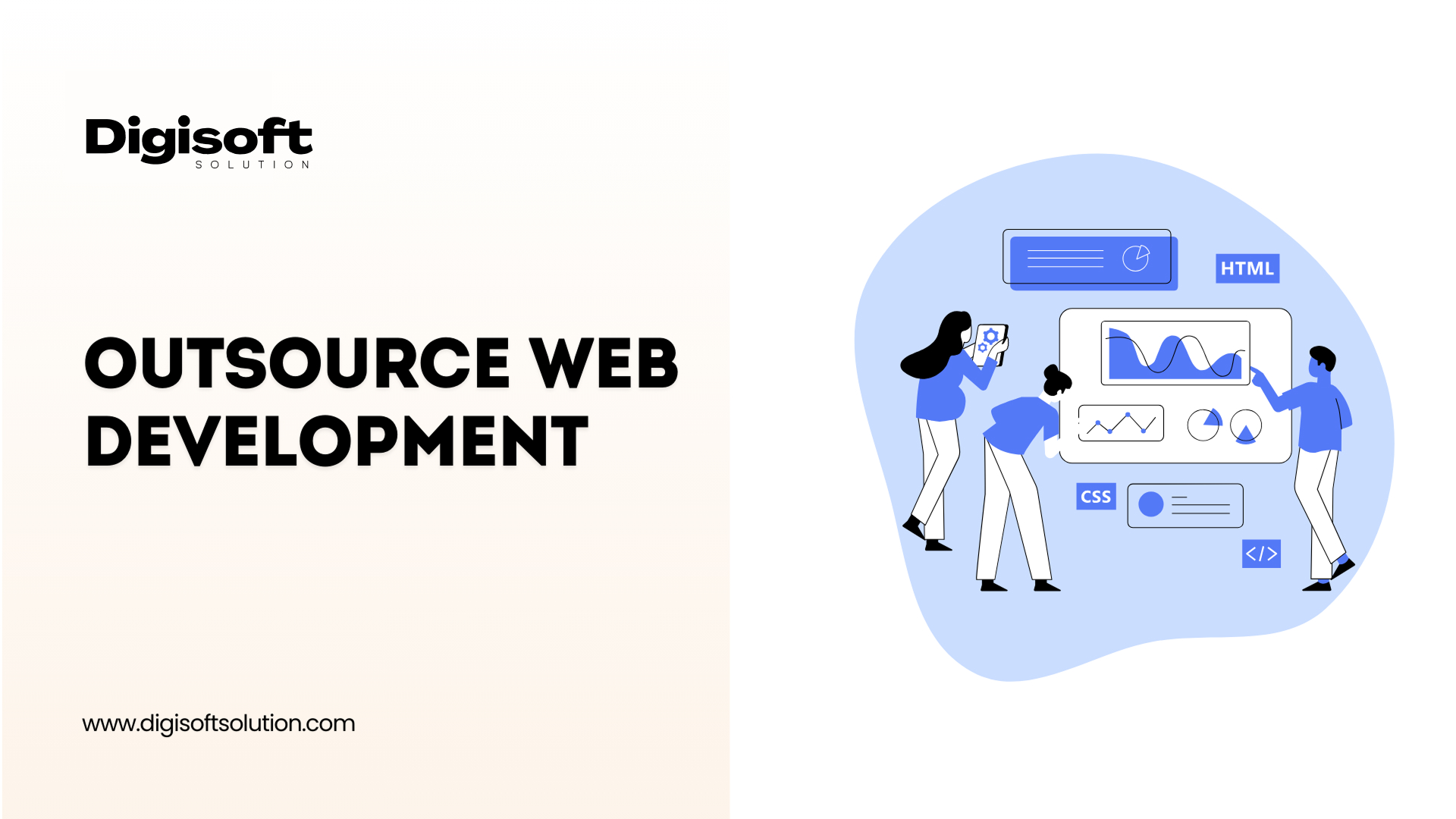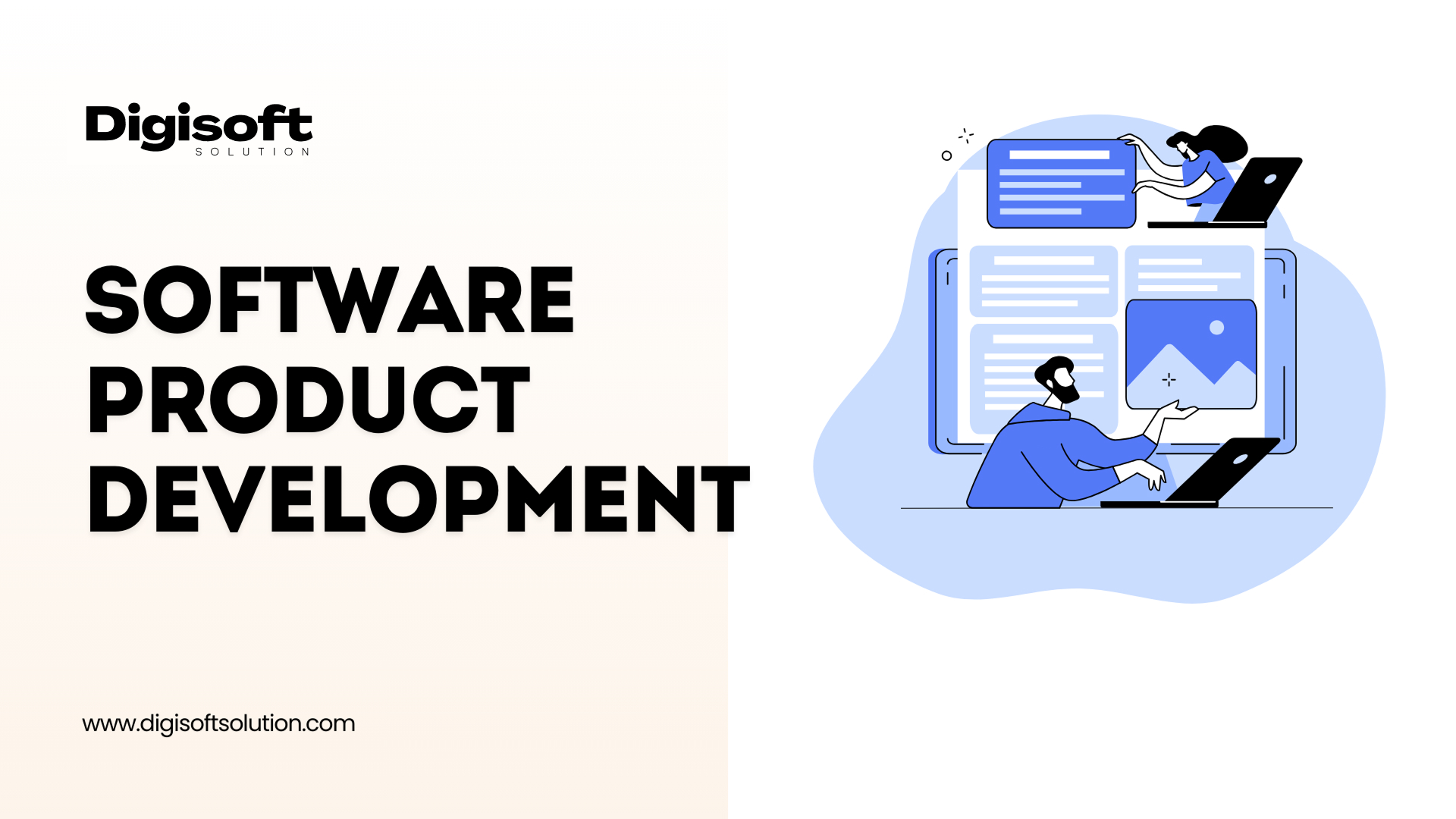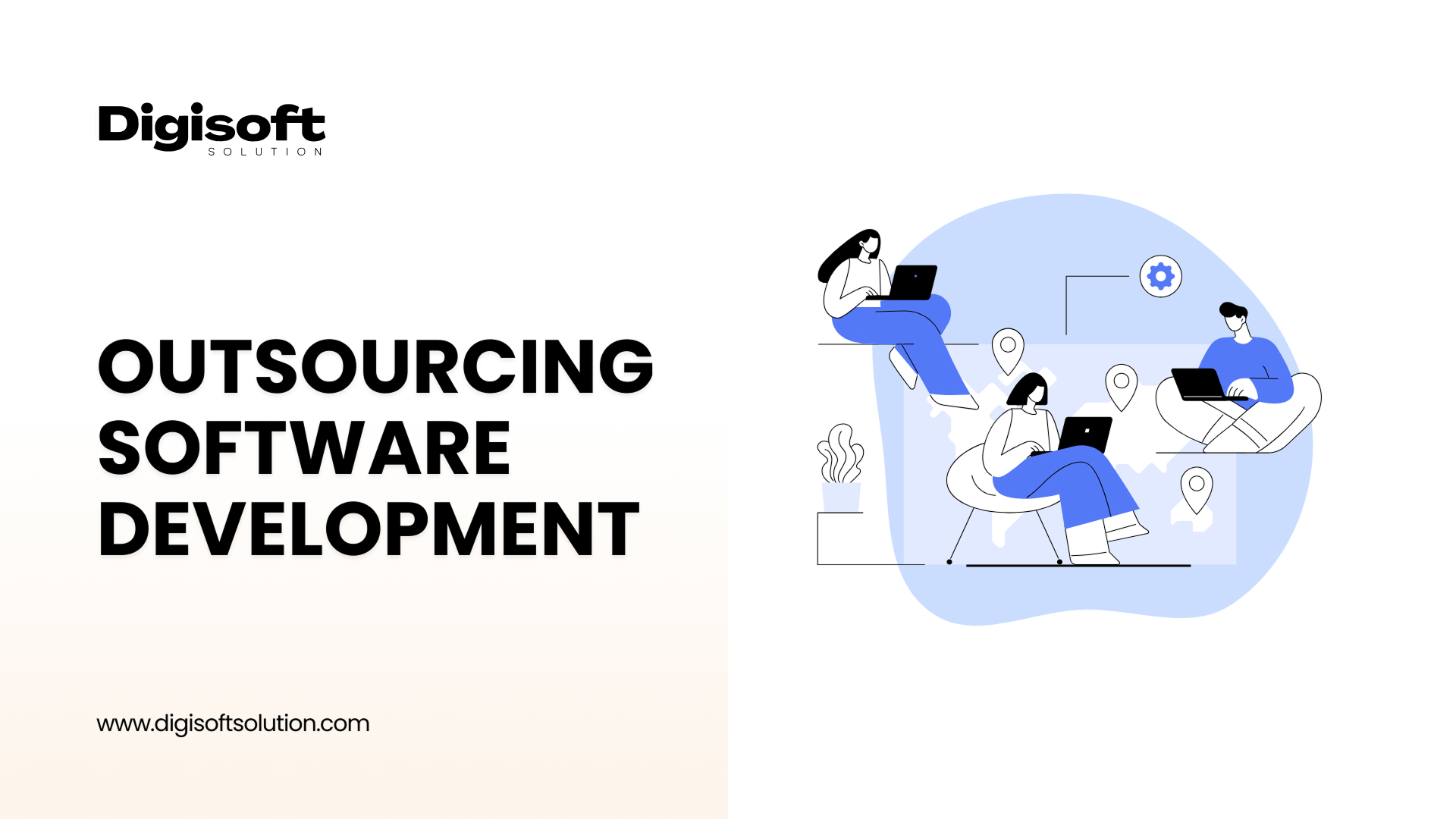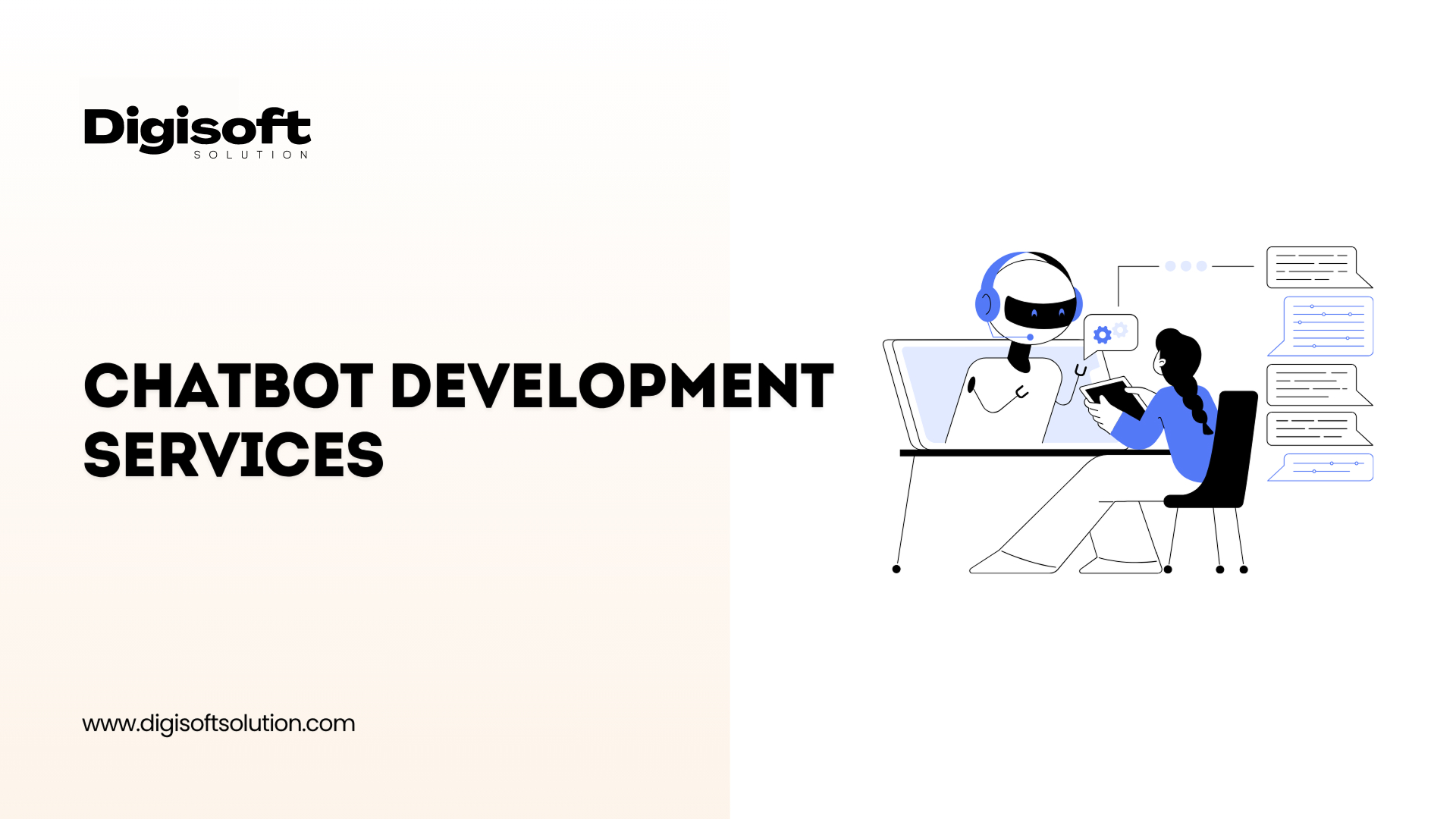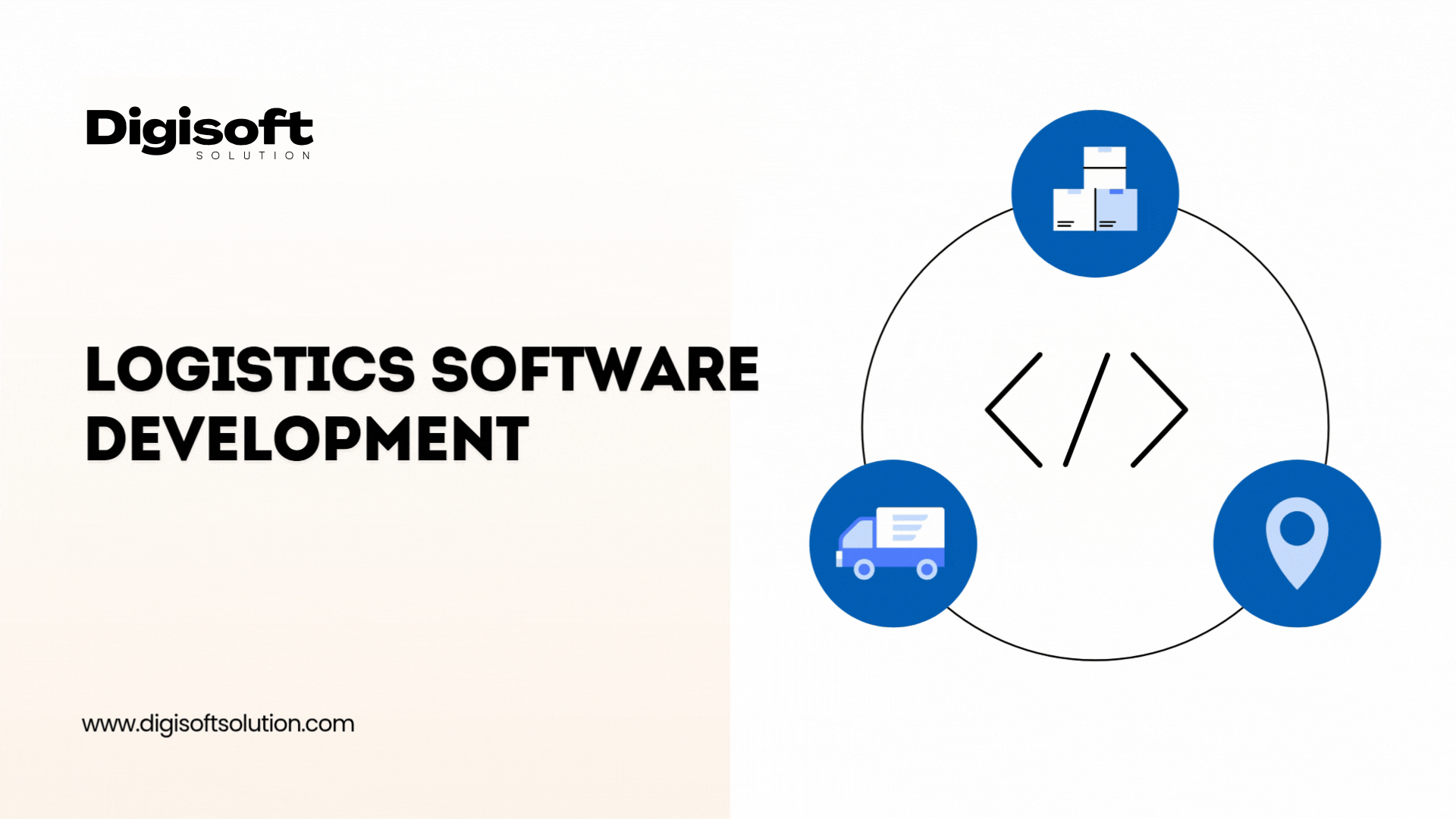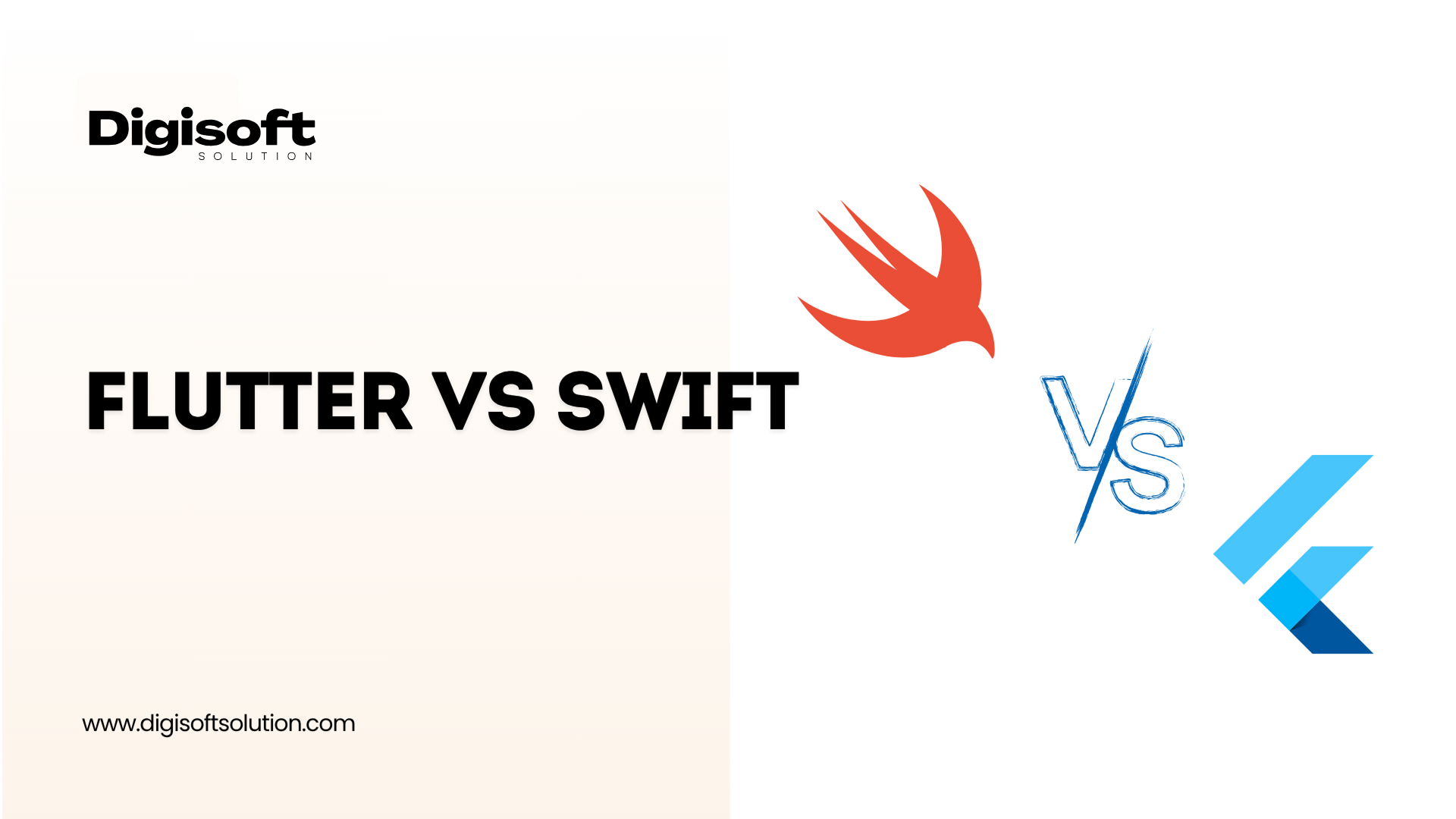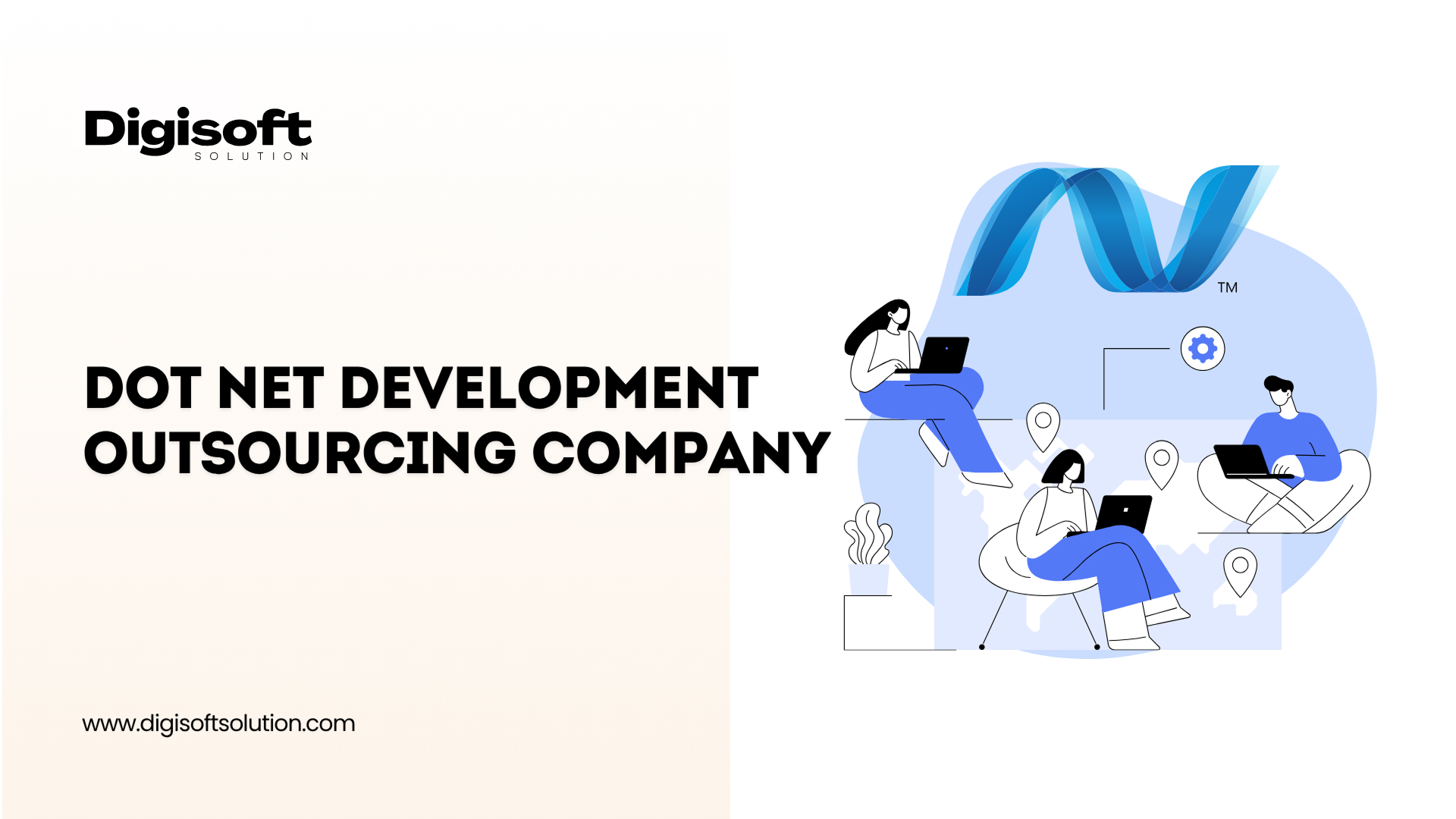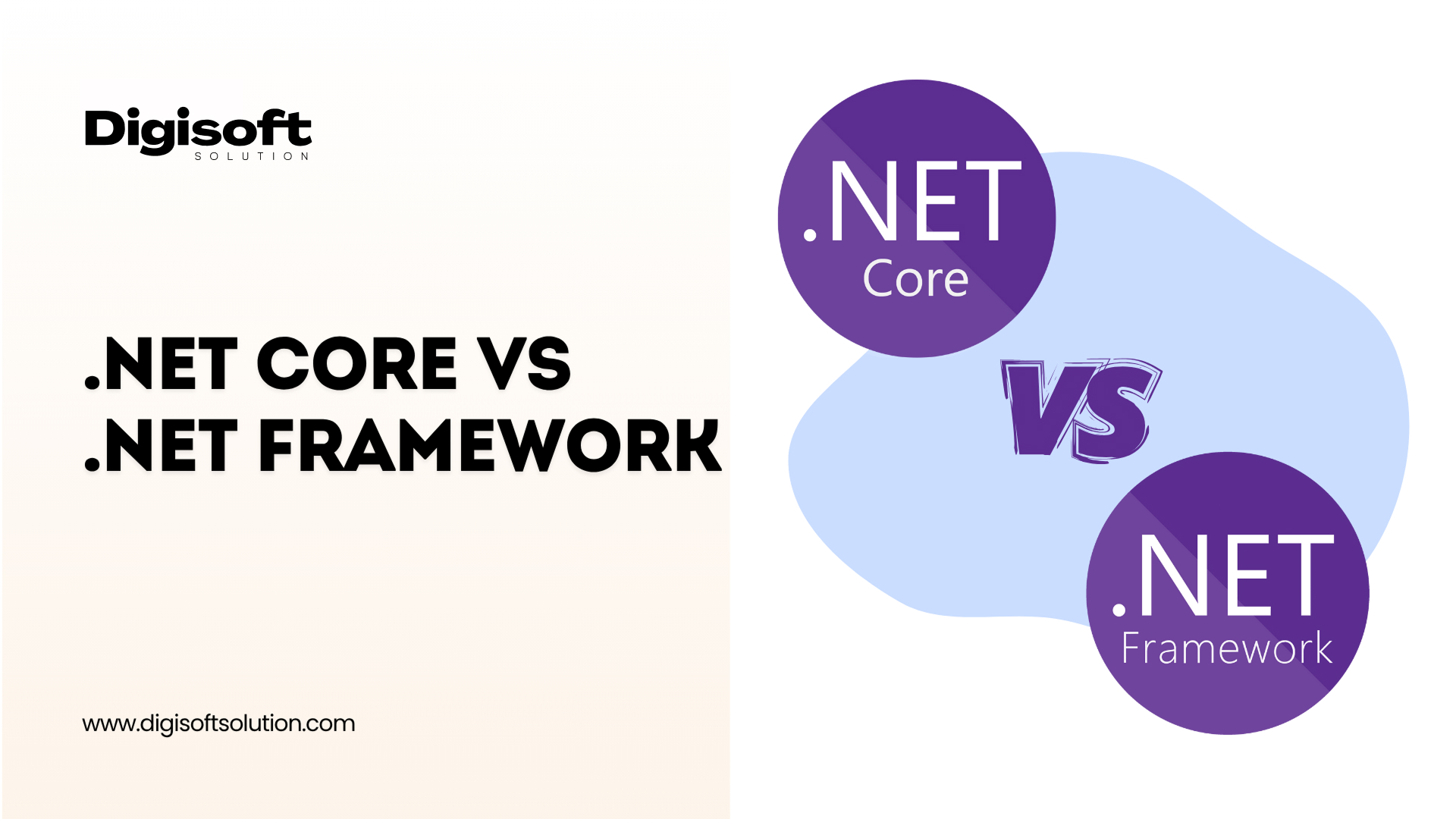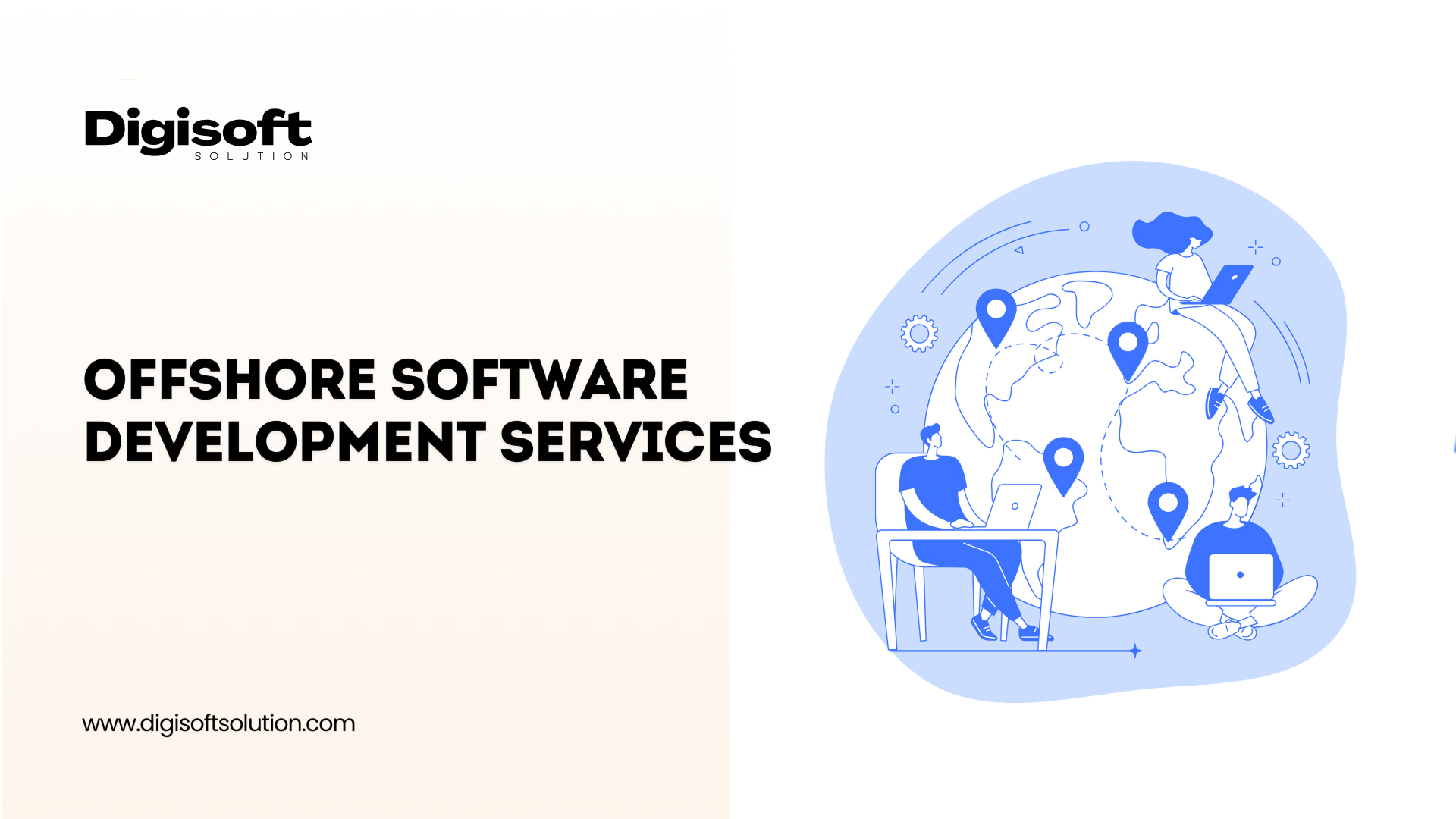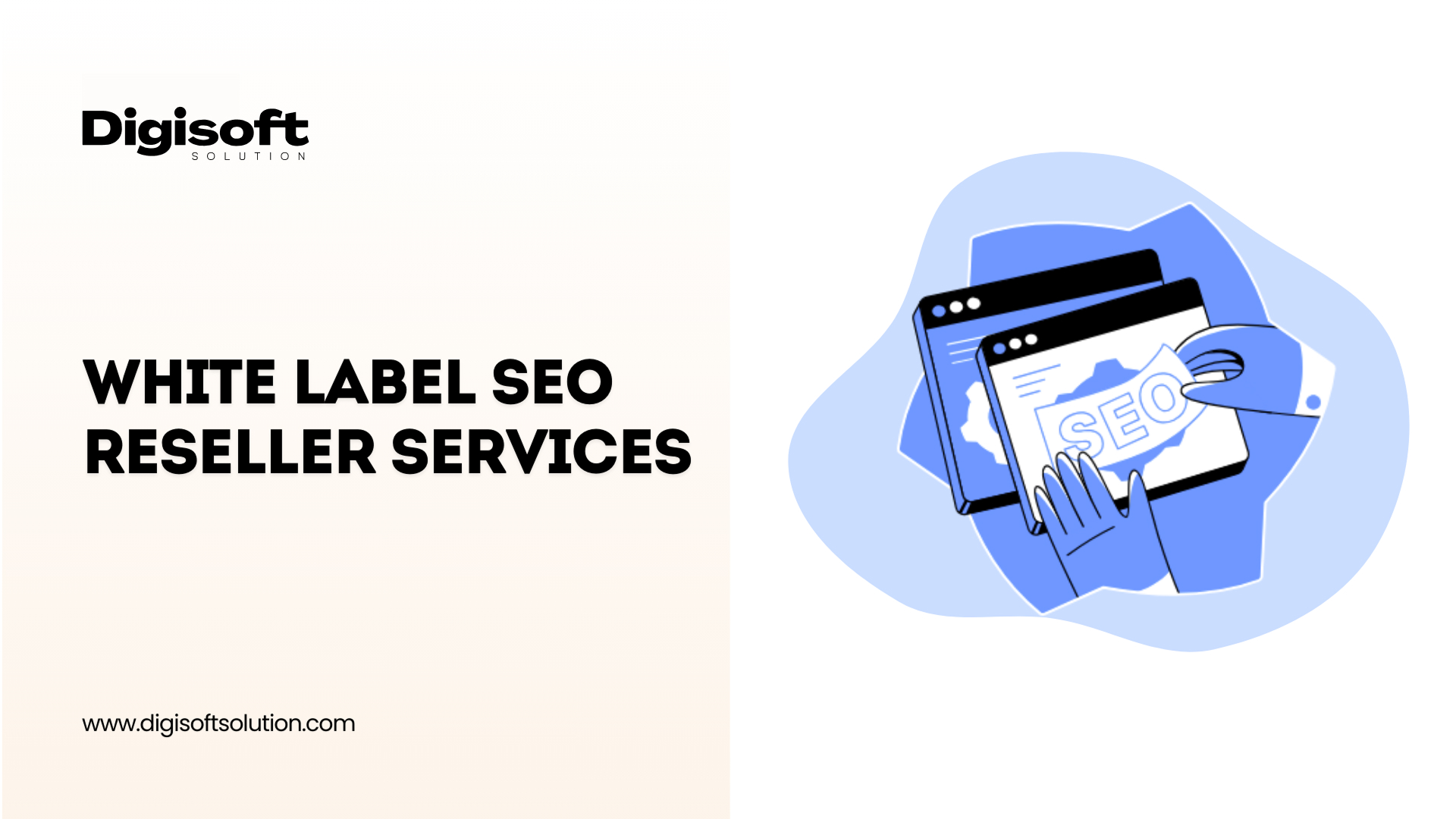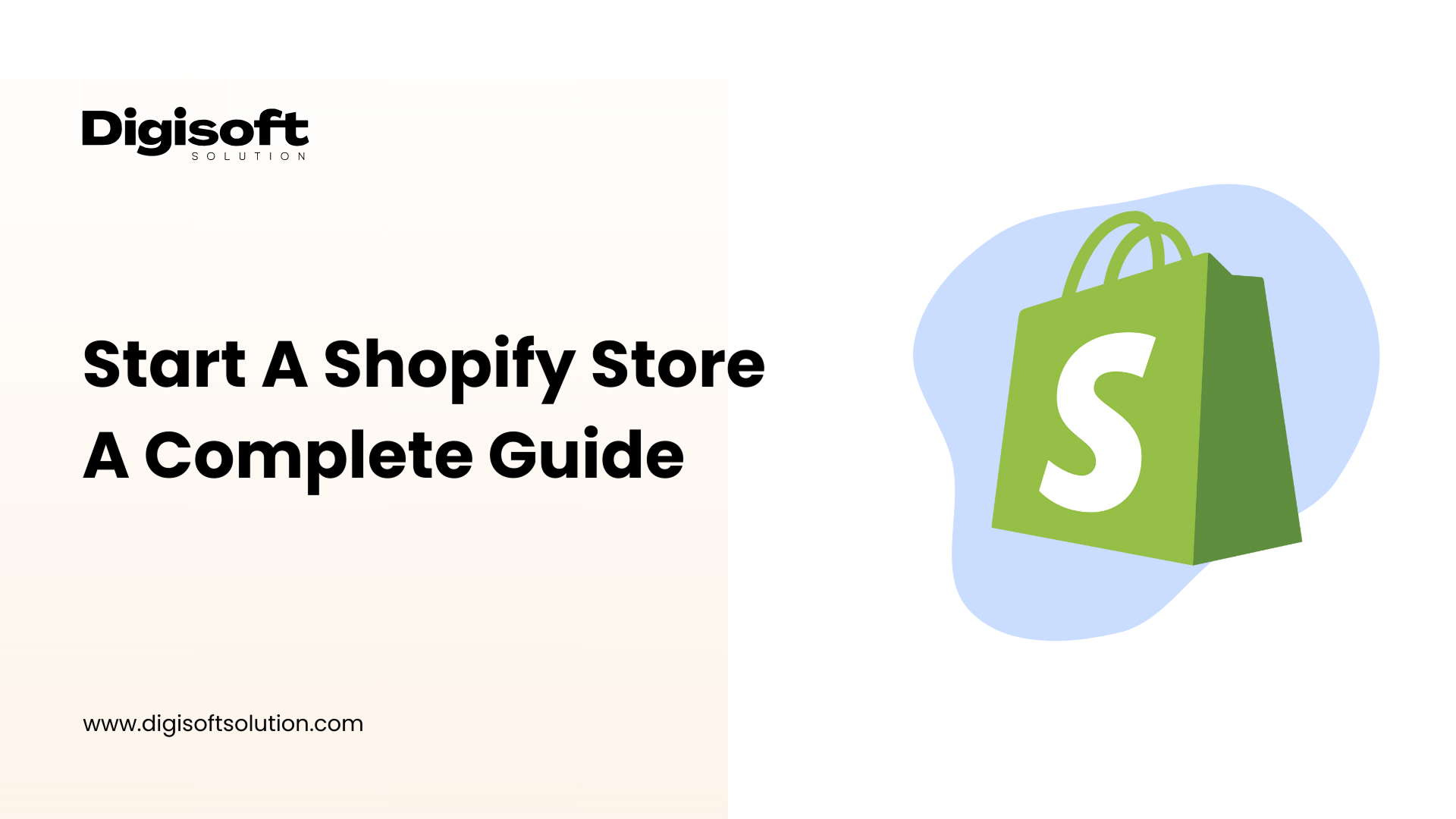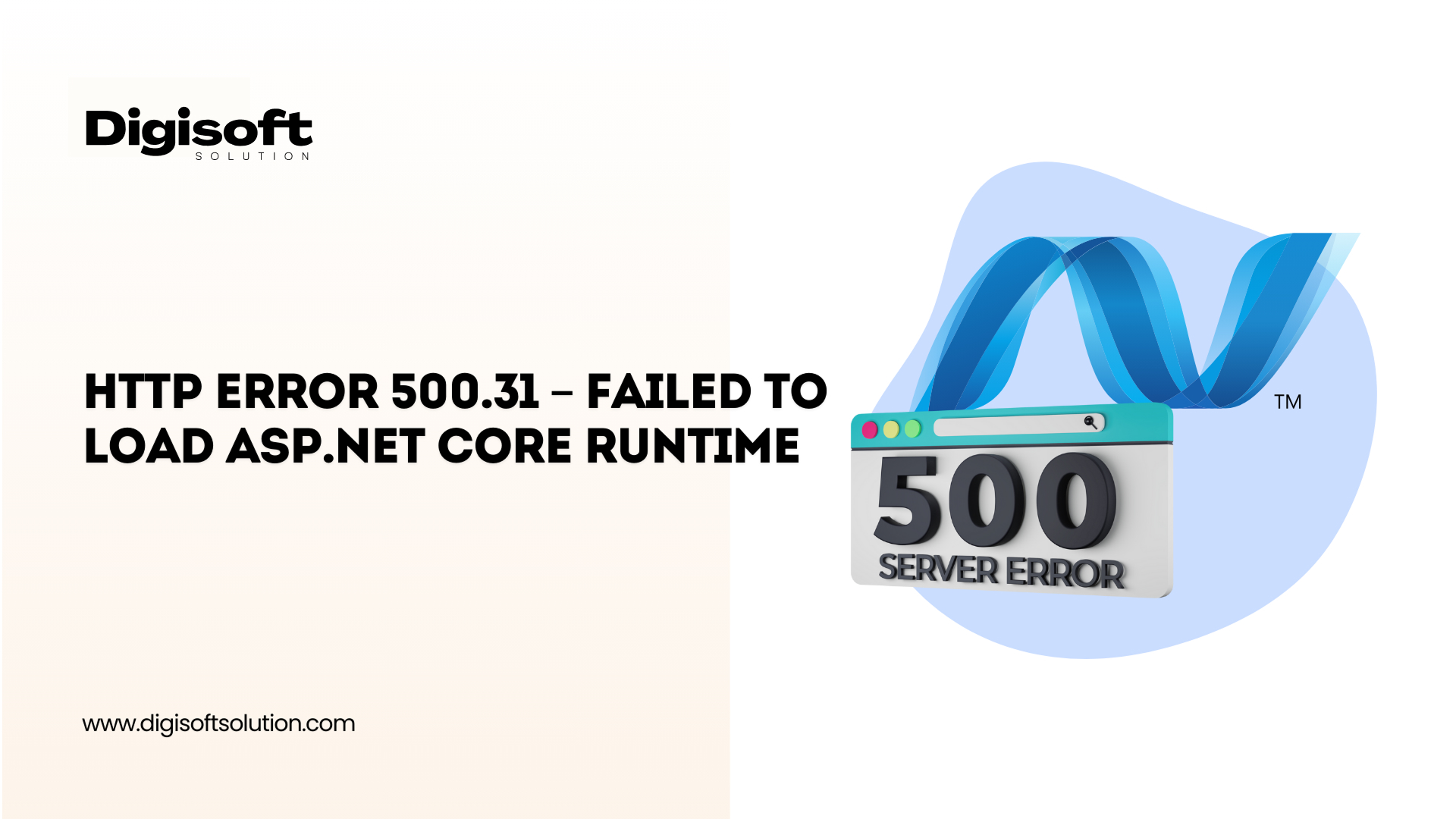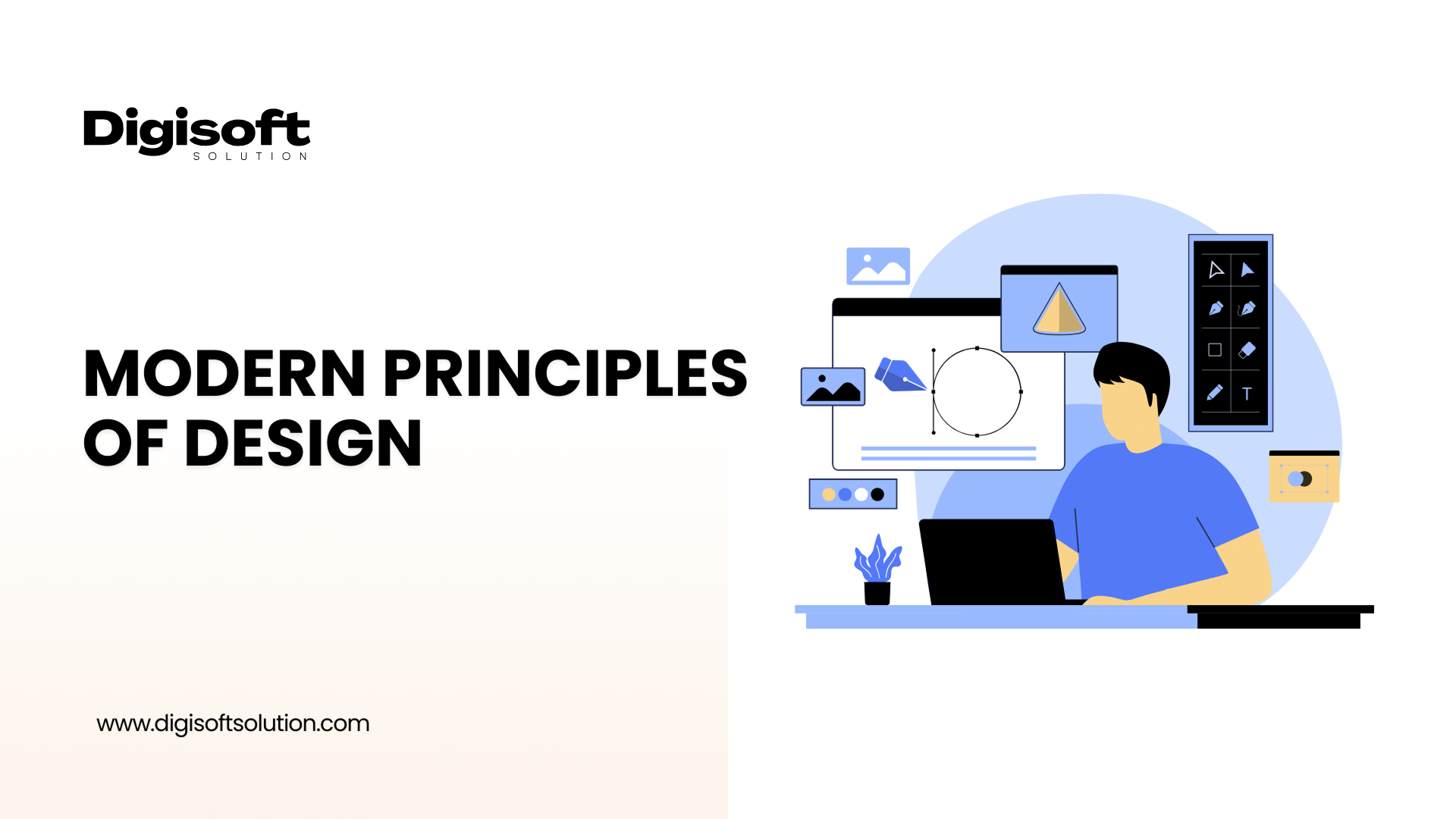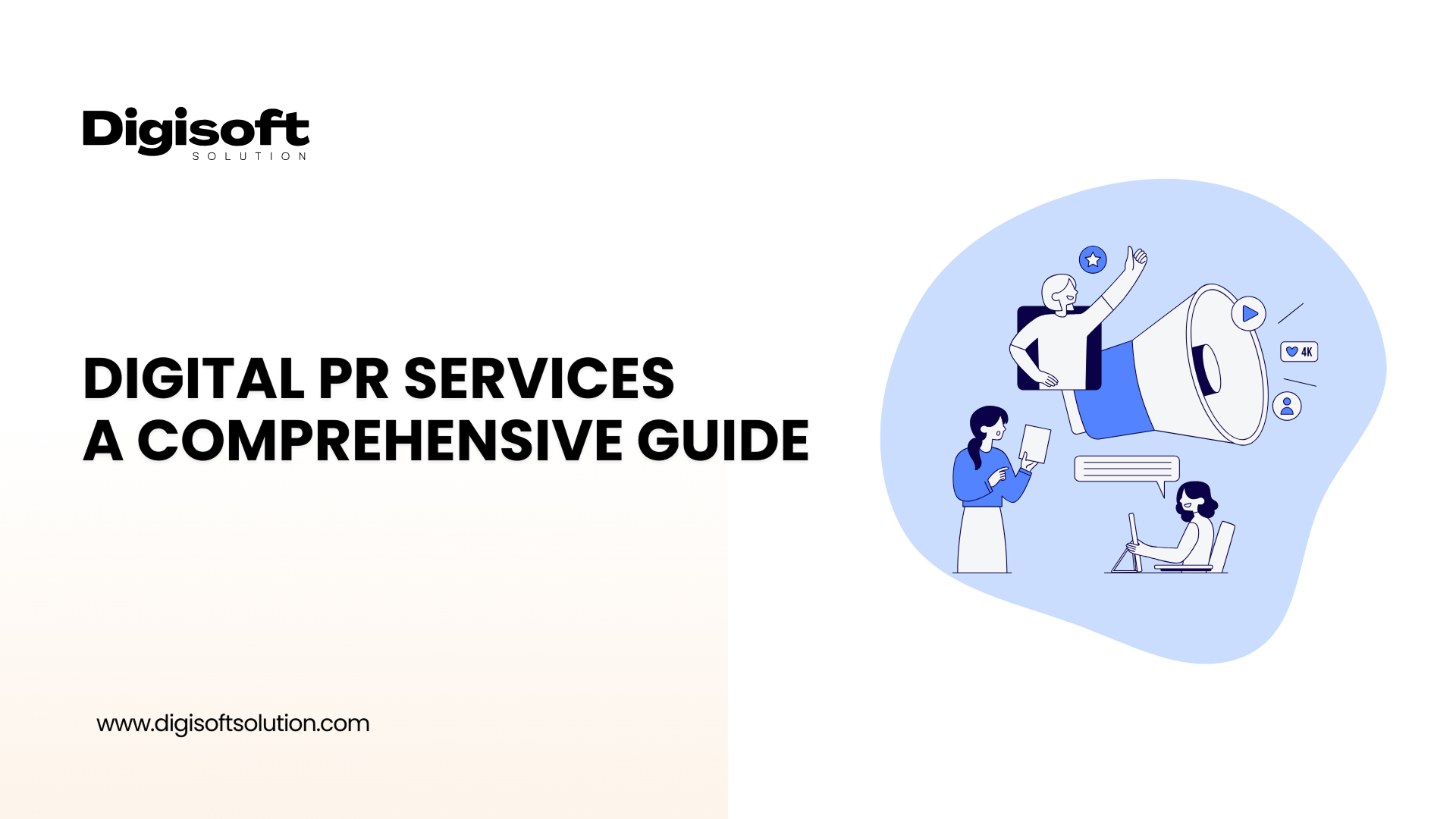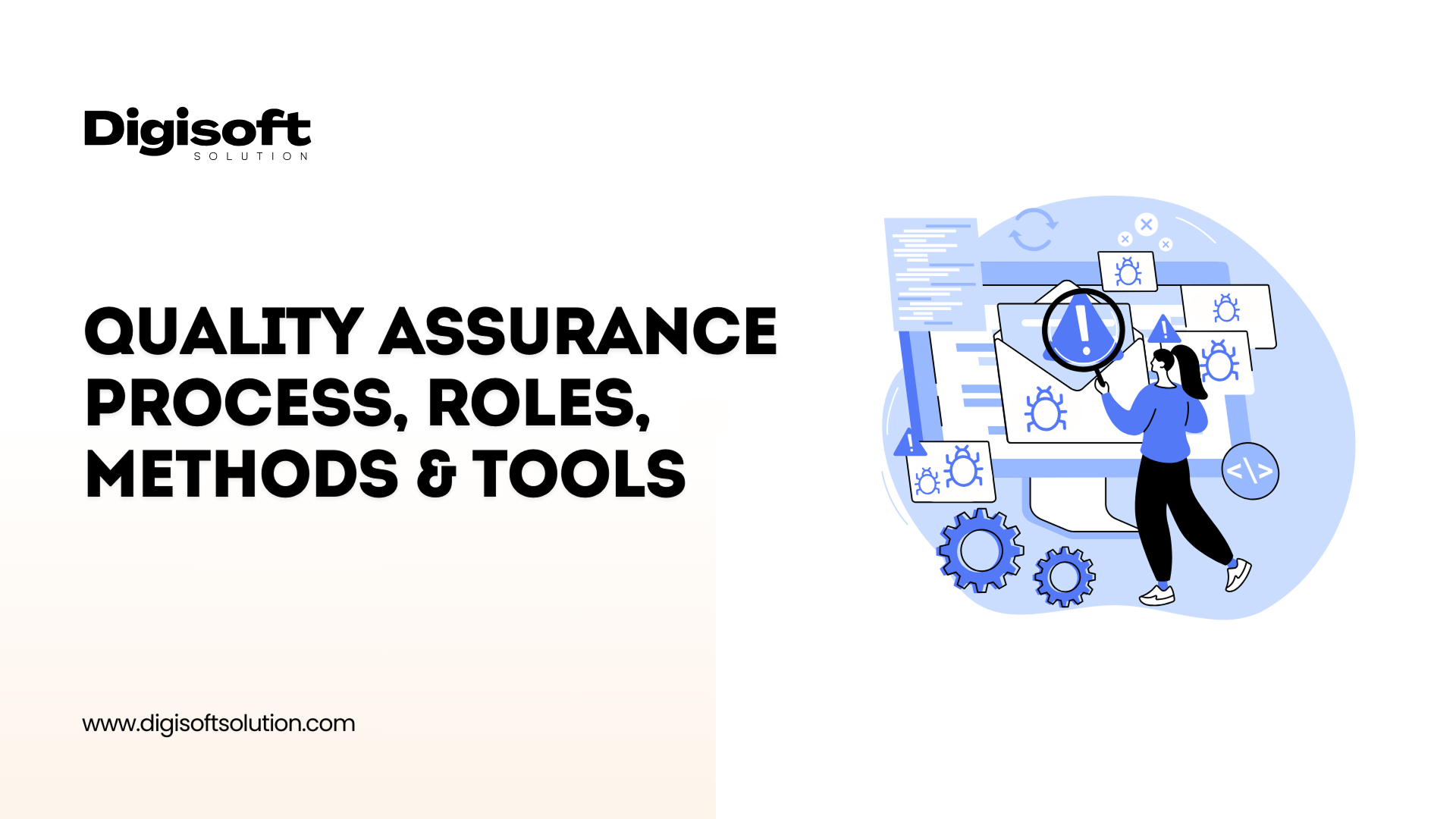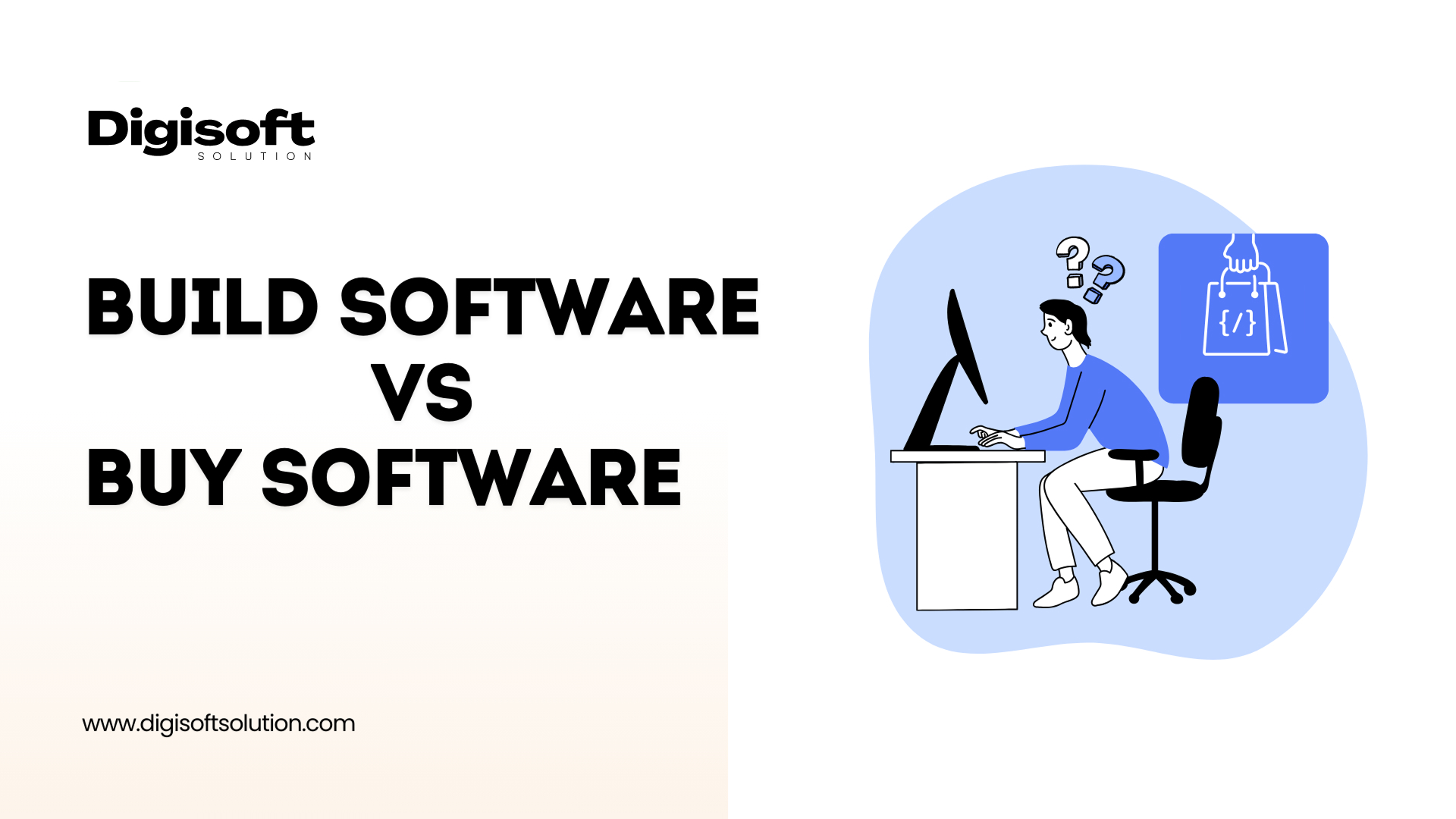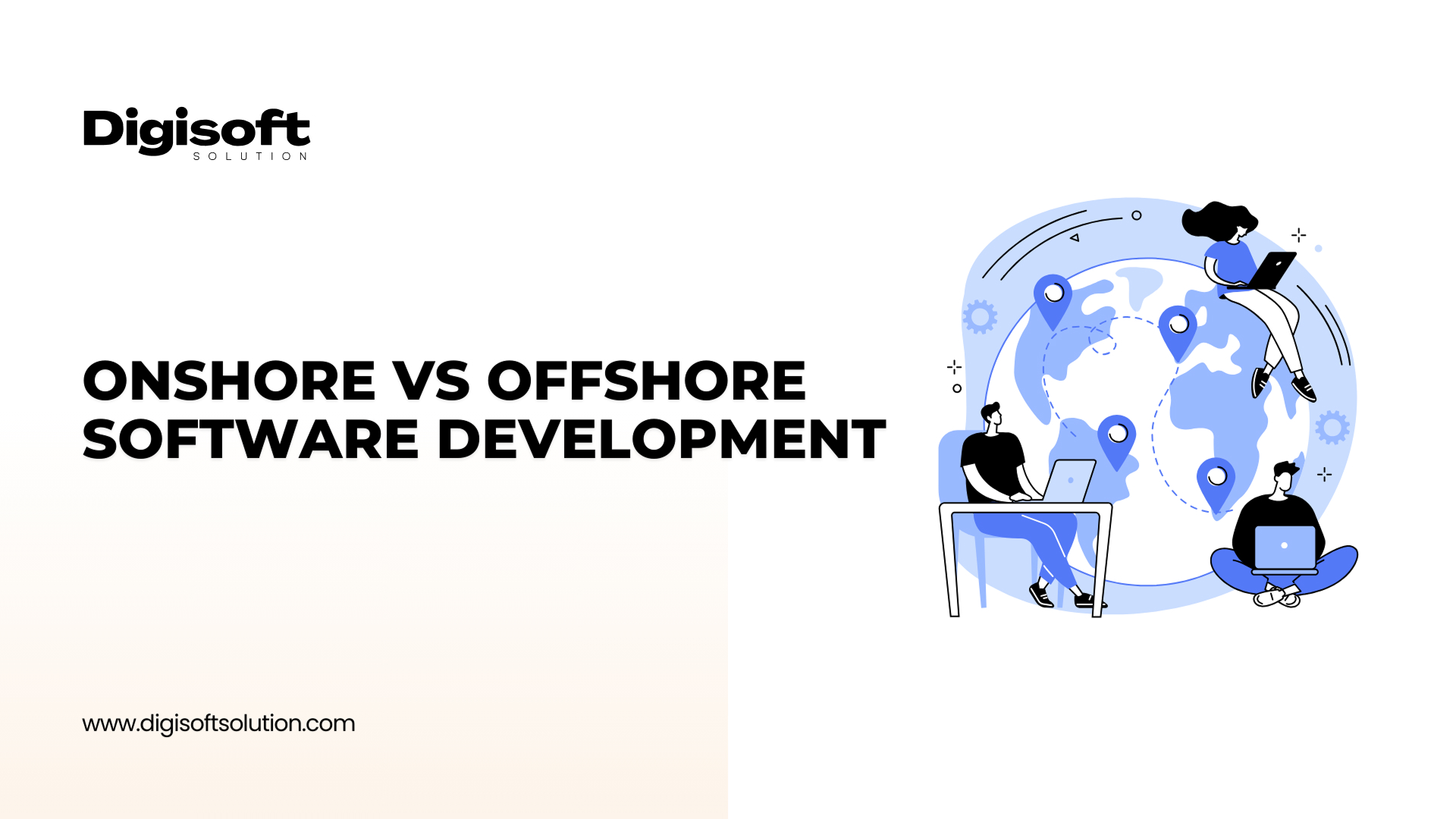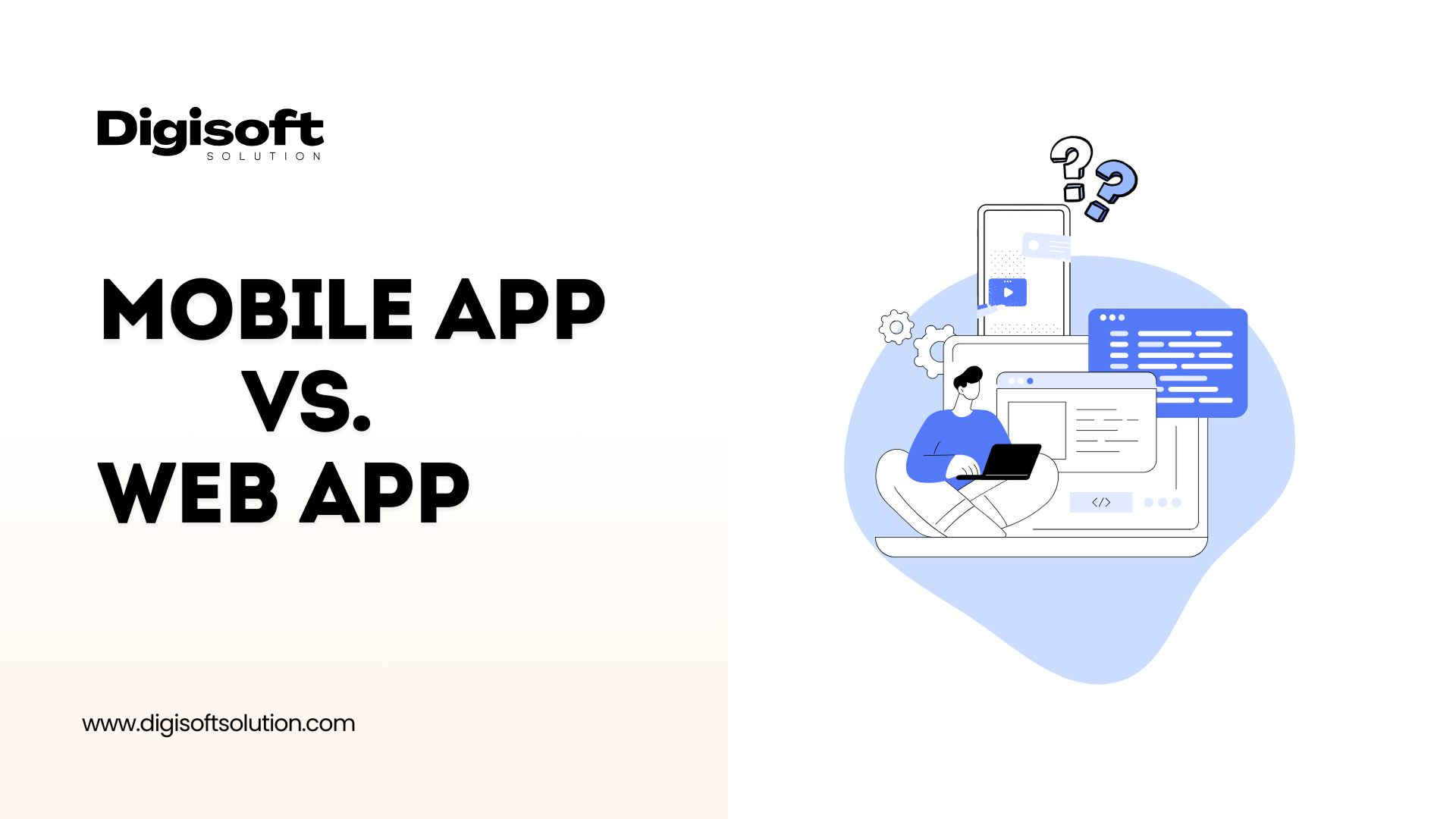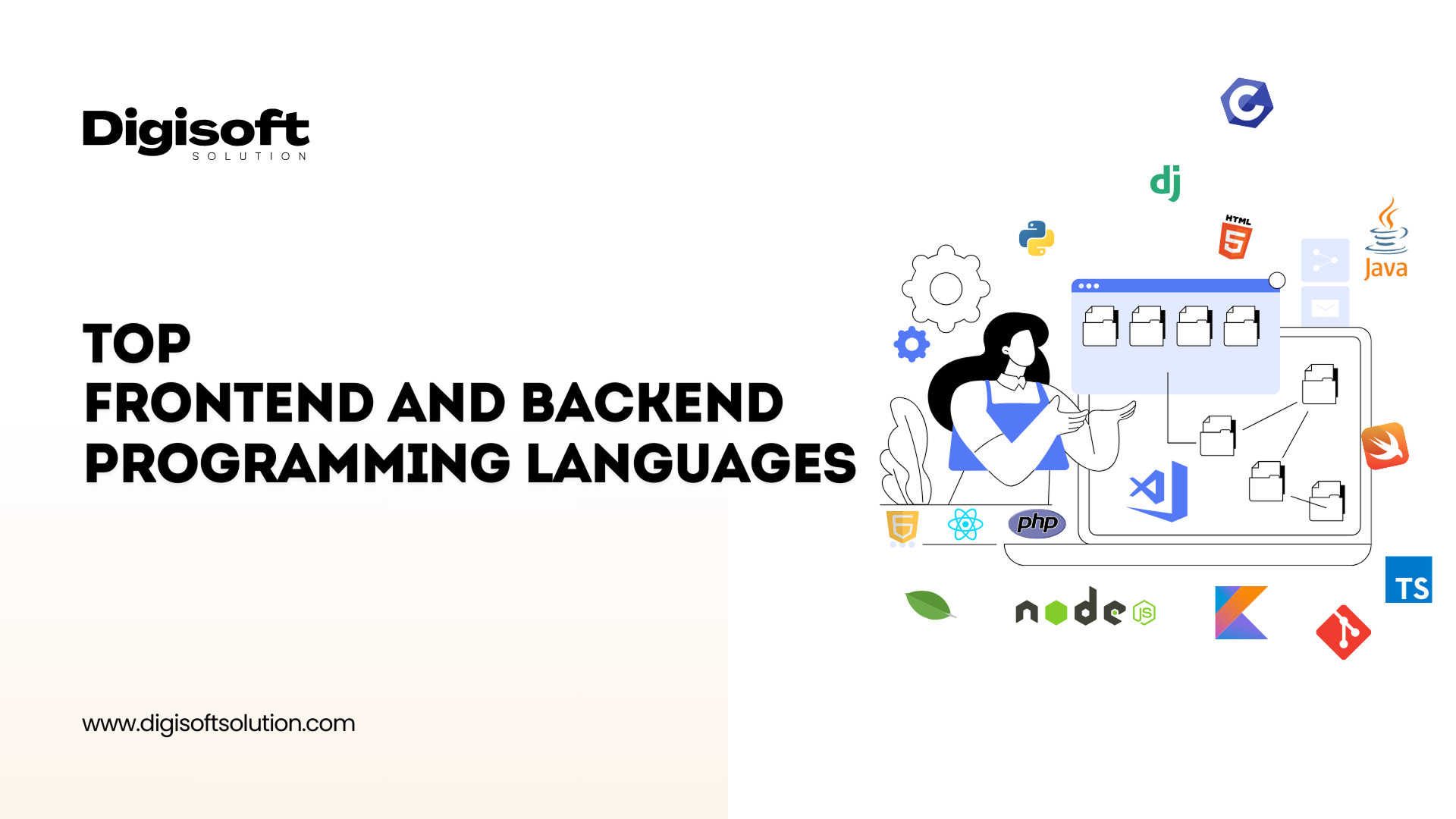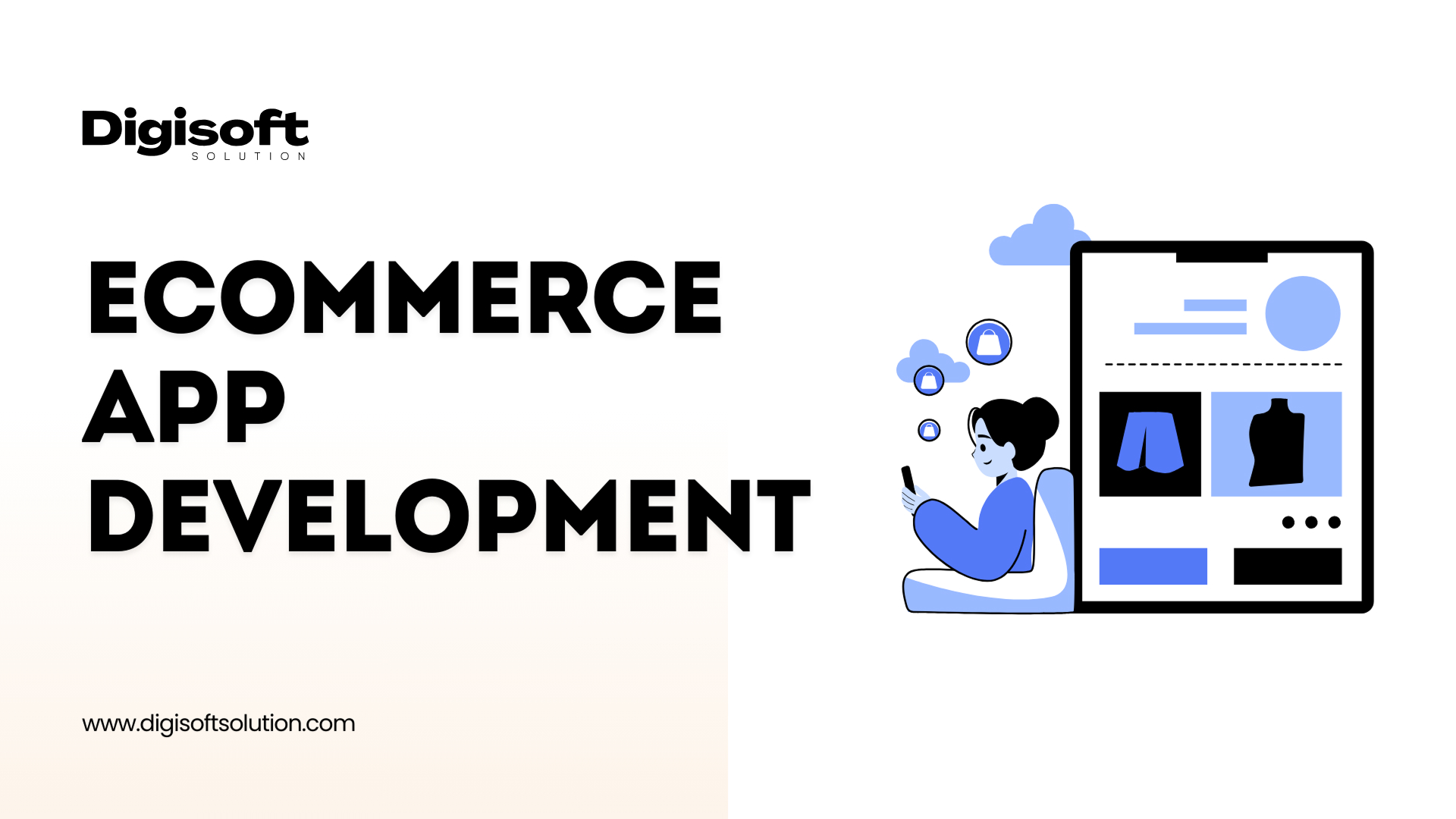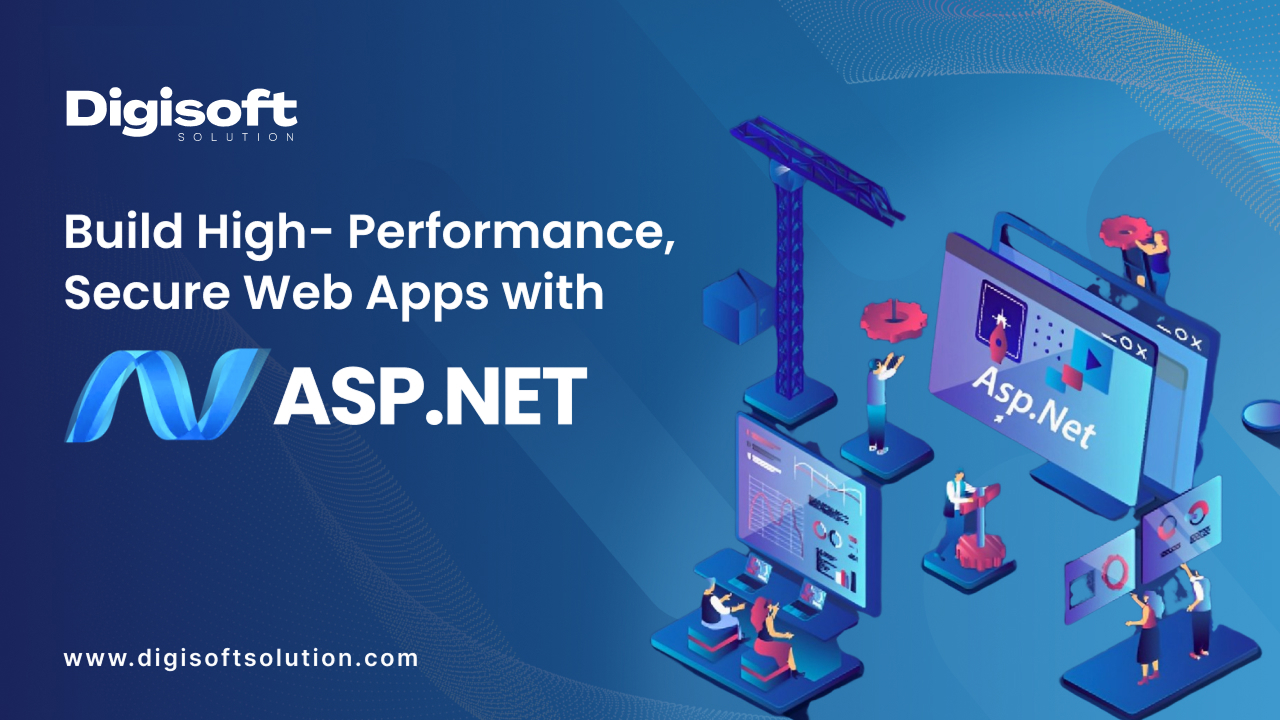Table of Content
- Key Benefits of Cross-Platform Development
- Challenges and Considerations
- Native vs Cross-Platform (and Hybrid) The Right choice
- Popular Cross-Platform Frameworks and Tools
- Choosing the Right Framework and Tools
- Budget Considerations: Planning Your Development Costs
- Performance and User Experience
- Cross-Platform Mobile App Development Services
- Best Practices and Tips
- Conclusion
Digital Transform with Us
Please feel free to share your thoughts and we can discuss it over a cup of coffee.

Cross platform mobile application development (also written in cross-platform) allows you to create applications that run on different operating systems (typically iOS and Android) using a single source code base. In reality this means that developers utilize tools (like React Native, Flutter, Xamarin, etc.) which "translate" one set of code into Android and iOS applications. This strategy is attractive to businesses looking to reach more users faster without having to double the effort of development or cost. Through sharing codes across platforms, businesses can target both Google Play Store and Apple App Store through one app. Mobile app development and web app that is particularly beneficial for start-ups or small teams that have to expand their budgets and get their app up and running quickly.
While at the same time creating a cross-platform app requires a thorough understanding of the trade-offs. The choices regarding app performance, budget restrictions and framework capabilities should be considered. This guide will cover the most important factors - from the cost and performance to the most popular frameworks and tools to help you make an informed choice. We'll also discuss cross-platform mobile app development vs. native app development and provide the most effective practices (with useful sources) to ensure top-quality, affordable apps. No matter if you're a company owner or developer, this guide will help you answer your concerns about developing mobile applications for cross-platforms in depth.
Key Benefits of Cross-Platform Development
Companies often use cross-platform mobile app development in order to cut costs and time-to-market. Instead of having separate teams to work on iOS and Android one codebase can be used for both platforms. The write-once-run-anywhere model has multiple benefits. For instance, it can increase the reach of an audience (one app that runs on two platforms) and dramatically reduces development costs. Reusing code can save time and time - research has shown that teams can reuse 50-80% of their code across platforms, which decreases the development time and workload. Maintenance is also less complicated fixing a glitch or implementing a feature into the shared code update across all platforms in one go instead of releasing updates on each platform separate updates for each platform. The bottom line is that cross-platform application provides speedier app delivery, wider reach of markets and smaller budgets.
Figure: Cross-platform apps increase their reach, decrease costs, and speed up development.
- More reach: A single codebase is able to target the two platforms, Android or iOS app development (and sometimes, web), which means you can have access to all users at the same time.
- Lower Costs: Since the user can "write once and run everywhere," the effort to develop is reduced dramatically. There are reports that show between 30 and 50 percent savings in costs compared to distinct native applications.
- Speedier Time-to-Market: Sharing code reduces the amount of work. Developers typically report releasing features more quickly (even as much as 50-80% faster development) as opposed to writing two apps.
- Easy Maintenance: Updates and bug fixes are implemented at once in the same code, and then made available across all platforms. This means less testing less updates, and a more the same UX.
- A consistent UX: Cross-platform applications ensure uniform design across devices which means that users will see the same user interface, regardless of operating system. The consistency of the brand can increase the satisfaction of users.
This makes best cross-platform mobile development an ideal choice for a variety of projects, especially projects with a limited budget or a need for a broad market penetration. Experts say that in the current economic climate, with ever-increasing costs of developing separate apps, cross-platform development is usually the most cost-effective option.
Challenges and Considerations
The approach you choose is not perfect. Cross platform app development is not without its compromises you have to manage with care. Common issues include issues with performance and compatibility, devices and limited access to native capabilities.
Figure: Common cross platform mobile app development problems are compatibility issues, limited hardware access and the performance cost.
- Compatibility with Devices: Different phones and OS versions may behave differently. Tools for cross-platform use may not be able to support every device quirk and can result in issues with compatibility. Testing on a wide range of devices is necessary to spot these issues.
- Limited Native Access: Frameworks that are limited to Native Access remove the platform's specifics and, in some cases, certain hardware capabilities (like advanced Bluetooth sensors, advanced Bluetooth, etc.) require custom code for bridging or aren't available fully. It's possible that you'll need to develop native modules to support niche features.
- Performance Overhead: Because cross-platform apps add an abstraction layer, very performance-intensive tasks (3D graphics, heavy animations, real-time processing) may run slower than in fully native apps. Frameworks such as Flutter or React Native are optimized for smooth UI however, an absolute performance match with native speeds isn't always feasible
- Framework Lag: Following an update to iOS or Android update native app toolkits receive immediate support for APIs that have been updated. Frameworks for cross-platforms typically require a longer time to implement support for these features. This can be a problem when your application requires the most recent OS capabilities from day one.
- Increased App Size: Larger App Size. Certain cross-platform applications include additional runtime libraries that can boost the app's size as compared to a slim native version.
They can be addressed when you take the proper method. For instance, if your application is heavily graphic as well as AR options, you may incorporate a cross-platform framework and specific optimizations for your platform. If cost isn't much of a factor and you want the highest performance, you could use cross-platform only for less demanding components or even limit the usage of cross-platform. Knowing the trade-offs (and making plans around these) is essential to the success of your project.
Native vs Cross-Platform (and Hybrid) The Right choice
The main decision to make is whether to develop natively on each platform, or use an open-platform framework. Native development (using Swift/Objective C for iOS and Kotlin/Java on Android) provides total control, maximum performance, and access to all features. But it also requires two teams and two codebases, which can double the effort and cost. An analysis of recent times revealed that the development of a single app to each of iOS and Android could be twice as costly (and take longer) than creating one cross-platform application.
The trade-offs can be summarized as follows as follows: native apps incur higher development costs and times but they also have better performance and UI quality, whereas cross-platform applications are cost-effective and speedier to release with a cost of speed and features access. Hybrid applications (like Apache Cordova or Ionic running inside WebView) WebView) are another possibility using web-based technologies (HTML/CSS/JS) within an native container. Hybrid apps are even faster to develop, but they often aren't the most performant due to limitations, which makes them less suitable for full mobile experience.
The table below outlines key distinctions:
|
Aspect |
Native Apps |
Cross-Platform Apps |
|
Cost |
Higher (2x teams/codebases) |
Lower (one codebase that can be used for both) |
|
Codebase |
Separate for iOS & Android |
Single codebase with platform branching |
|
Performance |
The best option for each OS |
The general consensus is that it's good, but it may slow when working on large tasks. |
|
Access to Features |
Access to all APIs for devices |
Some APIs on platforms might require plugins, or may not be accessible in some cases. |
|
Time-to-Market |
Longer (build twice) |
Faster (reuse code) |
In many cases there is a balance. If your app requires cutting-edge AR/VR technology or ultra-smooth graphics, then a native approach could be appropriate. However, if you're targeting traditional applications for consumers or business with UI control, information and standard features, cross-platform is usually the best choice. Companies such as Uber even develop their own cross-platform software to perform core functions, realizing the strategic benefits of sharing code.
Popular Cross-Platform Frameworks and Tools
The ecosystem of cross-platform platforms is full with tools. Frameworks that are essential include:
- React Native (JavaScript/React) - Created through Meta (Facebook), React Native is a hugely popular. It allows you to create UI using JavaScript/React, and also bridges with native component. React Native is the engine behind apps such as Facebook and Instagram and is renowned for its vast collection of libraries. It provides near-native performance for all tasks, but complicated animations might require adjustments.
- Flutter (Dart) - It is a Google-backed SDK Flutter utilizes the Dart language and a powerful rendering engine. It can be compiled into native code, which gives it incredible speed (often surpassing native). The Flutter's "hot reload" and rich widget library makes it ideal for stunning, custom-designed user interfaces. Many developers laud Flutter for its crisp images and rapid development. (Example applications: Google Ads, Alibaba).
- Xamarin or .NET MAUI (C#) - (C#) Xamarin (now changing into .NET MAUI) is Microsoft's multi-platform solution. By utilizing C# and the .NET framework, it can create fully native applications that run on iOS, Android, and Windows. It is enterprise-friendly and allows up to 75% reuse of code. It's a great choice for teams that are proficient with C# or already invested in Microsoft tools. Apps written in Xamarin compile native code, but in the past they were larger in terms of size and require Visual Studio (which can add cost for licensing).
- Ionic (HTML/CSS/JavaScript) - Ionic is a hybrid framework that builds apps using web technologies. It is run within an native application container (via Capacitor and Cordova). Ionic's main strength is its speed of development utilizing familiar web stacks and it comes with a huge collection comprising UI components. But, since it is based upon WebView's rendering capabilities, the pure Ionic applications may not feel than native and may be slow in performance for tasks that require graphics. It's an affordable option for apps that are simple or content-oriented applications.
- Unity (C#) - Unity (C#) is a traditional game engine Unity is also a tool for complex cross-platform apps, specifically games and 2D/3D applications. Unity is able to be used on many platforms (mobile desktop, desktop and AR/VR). Unity comes with powerful graphics tools however it's not the best choice for business apps that are standard. If your app requires sophisticated 3D gaming, gaming, and AR features, Unity will be the best choice. For standard apps, its size as well as complex nature make simpler frameworks more suitable.
- Kotlin Multiplatform - Kotlin Multiplatform is a new method developed by JetBrains (makers of Kotlin). It enables sharing the business logic that is written using Kotlin on Android and iOS as well as making UI code natively for each. It is still in its early stages and does not include a full framework that includes widgets, but it's highly beneficial for teams that use Kotlin. It provides near-native performance because it is compiled with native codes.
Each tool comes with pros and pros and. For instance, React Native shines with web development and hot reloading. Flutter thanks to the UI speed, and Xamarin which has enterprise-level features as well as Ionic that supports web-based apps. The most suitable cross-platform mobile application development framework you can choose from depends on the capabilities of your team as well as the requirements of your app. For example, a data-driven application could benefit from Ionic's simplicity, while startups that want a polished user interface and speed could choose either Flutter or Native.
Choosing the Right Framework and Tools
Your project's requirements and constraints must be the guiding factors for your framework choice. Consider:
- Budget and Timeline: If your project requires an extremely rapid MVP on a spending plan, then a framework that has an easy education curve (like React Native if you have a working knowledge of JS as well as Ionic to help web designers) will help you save time. In case you are on a tight budget, make sure to make sure to share the most code you can to cut down on development time.
- Performance Needs: If your app requires graphic processing (e.g. complicated animated scenes, AR or 3D) look for frameworks that have powerful performances (Flutter as well as native applications). For a simpler UIs generally, the frameworks work. Be sure to test the features you need early. Native modules or plugins may make up for the missing parts in frameworks.
- The Development Team's Skills: Make use of the existing knowledge. A team that is proficient in JavaScript could be able to benefit by React Native or Ionic, while C# developers may prefer Xamarin/.NET MAUI. Flutter requires Dart and is easy to master if you've got an OOP experience. The process of reducing team retraining speeds up the development.
- Ecosystem and Support: Check the library and plugins available. A large community (React Native, Flutter, Xamarin) means more pre-built components as well as third-party tools. For the most cutting-edge requirements, make sure that the framework is maintained and a healthy, well-established community.
- The long-term maintenance: think past the time of launch. Certain frameworks (like the older PhoneGap/Cordova) have waned, whereas others are being updated aggressively (Flutter/React Native). The use of a framework that is well-supported reduces the possibility of technology becoming outdated.
There is no one tool that is "best" in all scenarios. The best choice is one that balances needs for users, the level of familiarity with developers as well as your long-term goals. It's also a good idea to speak with experts: a trusted mobile app development company that runs across platforms (for instance, a company such as Digisoft Solutions) can assess your requirements and suggest the most suitable framework. They can design a plan to meet your budget, goals for performance and feature set.
Budget Considerations: Planning Your Development Costs
One of the most compelling arguments in favor of cross-platform app development is cost-effectiveness. Through sharing codes across platforms, you typically save money when as opposed to creating two separate native applications. Research suggests that cross-platform apps could cost as much as 30-50 more than two native applications. One study showed that a moderate-complexity native app could cost between PS60k and PS300k on both platforms, while an app that was cross-platform cost PS40k to PS120k.
The main factors that affect cost are the complexity of the app, its design and integrations required. An app that is basic and cross-platform with standard features may cost $15k-30k, while a mid-complexity app could be priced between $25k and $40k. These are estimates however, they demonstrate that even at the higher quality, cross-platform builds is less expensive than two native build.
Don't believe that the cross-platform option is "free." Budget planning must include:
- Developer Rates: Cross-platform developers can have similar pay, but you'll need less of them in general.
- Licenses/Tools: Some frameworks (e.g. Xamarin/MAUI for enterprise mode) might have costs for tooling.
- Custom plugins: If the app requires native modules to work on special hardware, they are additional development efforts.
- Testing: Multiple devices being supported in one project can mean more time for software testing.
The positive side is that many costs are lower when using cross-platform. It is common to hire one team rather than two teams, which decreases the project's management burden. Updates and maintenance are more affordable over the long term as you only change one codebase, not two. If you are looking to save money The math usually favours development on multiple platforms.
Performance and User Experience
Making sure that your app runs smoothly and has a native-like UX is essential. Frameworks that cross-platform work have made huge progress - in the majority of apps the end user can't discern the difference between native and cross-platform applications if properly. To achieve this concentrate on best methods
- Optimize Code: Make the code you write and your UI as efficient as possible. Utilize native UI components whenever possible (React native's bridged component as well as Flutter's widgets can be optimized) and reduce the amount of processing on your main thread.
- Utilize Native Modules Be careful: for performance-critical tasks (encryption and video processing AR) Consider creating a small native module or plug-in for the task and invoke it using an application that runs on multiple platforms. This will give you the flexibility of native speed when you need it.
- Testing and Profiling: Utilize profiling tools (e.g. Google Studio Profiler, Xcode Instruments) for both platforms. Recognize bottlenecks in the early stages, as cross-framework bugs are often very subtle. Conducting rigorous tests using real devices (not only simulators) is crucial.
- Avoid over-animation: complex animations may strain on the JavaScript bridge (in React Native) or the framework's rendering. When possible, utilize native animators, or restrict frame rates for non-critical effects.
- Maintain Frameworks Up-to-date: Make sure you are using the most recent versions of the tool you are using. Frameworks like Flutter/React native continuously enhance their performance with each new release. The first users of updates typically get better results and benefit from new rendering optimizations.
Be sure to evaluate performance against the requirements. A lot of line-of-business applications (social apps, e-commerce, data apps) are perfectly compatible with React Native or Flutter with no apparent problems. If your app needs to reach the highest frame rates (e.g. 60fps for AR) You can decide to just implement those parts natively.
Cross-Platform Mobile App Development Services
Due to the complexity above that, many companies decide to work with an cross-platform app development firm. They specialize in this area and provide expertise across multiple frameworks including testing, optimization, and. They provide complete mobile app development across multiple platforms starting with initial consultation and UI/UX design, to the coding, integration and after-launch assistance. Working with experts will help that you choose the best tools and helps you avoid the most common mistakes (like hidden costs or performance issues).
For instance, a seasoned company can assist you in establishing the right plan. They could examine your app's needs and suggest, "Your project is data-centric with moderate animations - React Native will hit the sweet spot" and "Your app needs pixel-perfect custom UI, so we recommend Flutter" or an approach that is hybrid (core shared code along with some native module). Businesses like Digisoft Solutions, for instance are regarded as the best cross-platform developers, who can guide clients through the selection of frameworks and efficient development (while focusing on performance as well as user-experience). Working with a reputable developers, you have assurance that important factors such as budgetary constraints and performance goals are managed effectively.
Best Practices and Tips
To make the most the cross-platform application development process, remember these guidelines in your head:
- Thorough Analysis of Requirements: Identify precisely what features are required and which platforms are required. This helps you choose tools that can meet those requirements and set your budget in line with that.
- Design for multiple Platforms: If you're using shared code, you should design your user interface to be able to change. What looks amazing on iOS could require some tweaks to look better on Android. Modern frameworks typically include components that are specific to platforms (like Flutter's Cupertino and Material widgets and React Native's Platform.select) Use these for a native-feel.
- Modular Code Structure: Create clean modular code. Parts that are platform specific so you can switch them out if necessary. This helps with maintenance.
- Plugin and Library Management: Use high-quality, well-maintained plug-ins. Poor-quality third-party plugins can cause bloating or crashes. Check any plugin's the quality of its code and support for platforms.
- Regularly Sync Framework Updates: New versions of frameworks frequently fix issues and enhance performance. Plan for periodic upgrades during development. (Note Always test thoroughly after updating because major changes may cause problems with the code you have already written).
- Performance Testing: Integrate benchmarks for performance along with profiling QA testing. Be aware of the slowness of rendering or memory leaks or bundle sizes that are large early.
- Create a plan to plan for Native integration: In the event that specific features aren't included in the default Plan time for the development of native modules or plugins. A lot of cross-platform projects discover that between 10 and 20 percent of the software is platform-specific.
- Security and Compliance: Ensure that the cross-platform tools you use meet your security requirements (e.g. data storage, encryption libraries, etc.). Security is as crucial in native applications.
These strategies help ensure that the app's final version is reliable and user-friendly on every device. If done correctly cross-platform development can produce applications that feel like native apps but also save significant resources.
Conclusion
Mobile app development that is cross-platform is now a mature and effective method for a variety of businesses. With frameworks like React Native, Flutter, Xamarin/.NET MAUI, and other it is possible to create rich, feature-packed apps to run on iOS as well as Android without having to build two separate applications. This results in less development costs, shorter release times, and a broad market coverage. But, it comes with particular challenges You must be aware of the limitations of your framework, test on a variety of devices, and be sure to take into account budgetary constraints and performance needs.
In reality, overcoming these problems requires choosing the best framework for your project, maximizing for performance, and possibly engaging with expert developers. Companies such as Digisoft Solutions, a leading mobile app development company that runs across platforms can offer guidance throughout the process. They can help you choose the best tools, create code that is efficient and ensure that your app is able to provide a fantastic user experience across all platforms.
For teams operating on a tight budget or a deadline that is tight cross-platform development can provide the perfect balance between speed along with cost and quality. If you follow the guidelines and making use of special cross-platform application development services that can help you avoid the most common mistakes. In the final analysis, whether you're a company or startup with a cross-platform application that's well-designed, it will meet the needs of users and goals for business effectively, increasing the number of users you can reach without costing you a fortune.
Digital Transform with Us
Please feel free to share your thoughts and we can discuss it over a cup of coffee.
 Kapil Sharma
Kapil Sharma

 Parampreet Singh
Parampreet Singh








